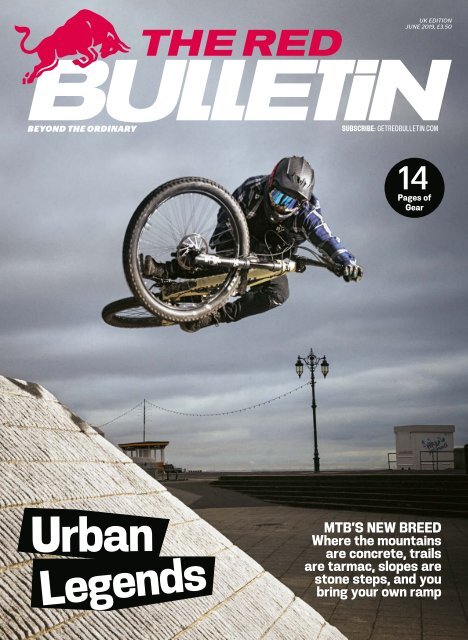

The steep seat angle kept my weight forward without popping wheelies, but was easy to manage rear wheel traction on the dreaded Whistler Flank climbs. The dynamic geometry let me climb and pedal through rough sections without stomping the pedals into the ground. The bike wants to push you over obstacles instead into them, keeping your body weight centered and refrained from being pitched forwards. The center of gravity and stand over height are lower than some other 4-bar bikes, which attributed to confidence while descending. The Tracer was the first MX bike that still gave me that secure "in the bike' sensation that is usually reserved to describe some 29ers. Touting a build like that, I felt ready to tackle some gnarly moves on a foreign bike. Whistler's valley trails are primarily made up of advanced, technical singletrack with a lot of steep chutes, rock rolls and rooty bits that demand confidence and control - what better of a place for a shakedown? Chris Kovarik had built this Tracer 279 with his personal choice of equipment, including some Magura brakes with huge floating rotors, Maxxis DH casing tires, sturdy Chromag bits, and a Fox 38 fork and DHX2 shock. Most readers will be pleased to find ordinary Boost 148mm rear hub spacing, a threaded bottom bracket, a 31.6mm seat post, and a common ZS44 / ZS56 head set. The frame accepts a trunnion mount air or coil shock and there are two shock settings on the lower link. Taking into consideration that the previous Tracer had 165 mm of rear wheel travel and the bike we rode had a 170 mm fork installed, I think it's safe to say the Tracer 279 will land around 170 mm. For a size large, the reach felt in the realm of 475 - 480mm with a 112 mm head tube length. The angles seemed to fall in around the new normal - near 77º for the seat tube and 64º for the head tube. Even with a 200 mm dropper post, I had enough clearance while descending with 80 mm of post still above the seat clamp.

Intense stated that even though the carbon molds are set, the geometry could slightly change due to different linkage dimensions or the change in axle to crown lengths between different fork manufacturers.Ī tape measure and iPhone angle finder did tell us a few measurements, such as the 450 mm seat tube and the 445 mm chainstays. Since this was a prototype, we may see the inclusion of 4 cable ports at the head tube for those who run their brakes moto style.Īlthough the geometry and specifications weren't provided during my initial ride on the bike, the updated Tracer follows the lower, longer, slacker trend. With the amount of rotation at this point, I expected to find more than a regular DU bushing there. However, the lower shock eyelet does not ride on bearings like you'd find on some other VPP bikes. We've seen this before from brands like Devinci and Evil, to name a few, but the idea is to maximize the real estate there to create a wider, stiffer bottom bracket area and produce a better chainline. The shock and linkage are offset to the non-drive side and the left crank arm runs tight to the frame. Similar to the M279 prototype, the shock is now driven by the lower link, rotating around the BB with two positions to change the geometry and kinematics.


Another gadget is the lever that slides out of the rear axle for tool-free wheel removal, and the rear triangle has a tidy fender molded around the yokes to keep any debris out of the linkage. Onboard tool storage is something we often see on enduro race bikes and below the monstrous bottom bracket area hides a clever tool storage compartment. The striking lines of the frame aren’t the only thing that make this bike stand out from the crowd. The built-in look of the seat clamp lines up with the seat tube brace neatly, which carries over from previous Tracer, and the top tube runs straight into the head tube, avoiding a bulbous, "gas-tank" shape. Jeff Steber, Intense’s founder, has always held a high regard for detail.


 0 kommentar(er)
0 kommentar(er)
